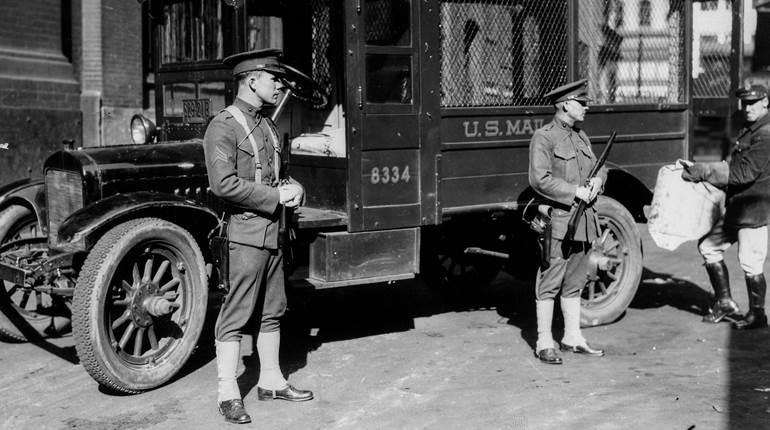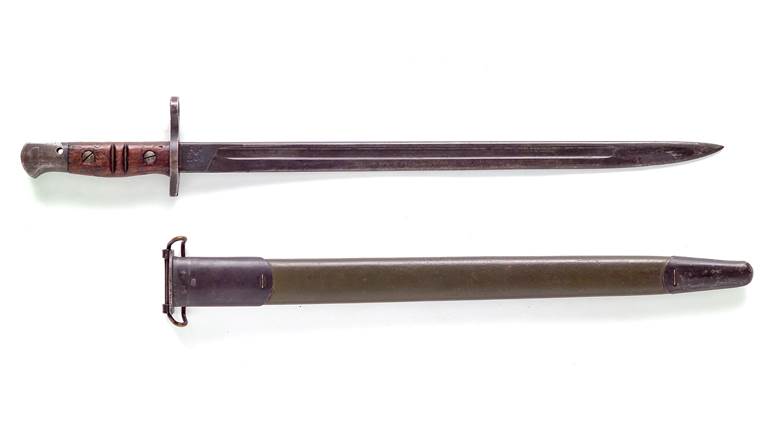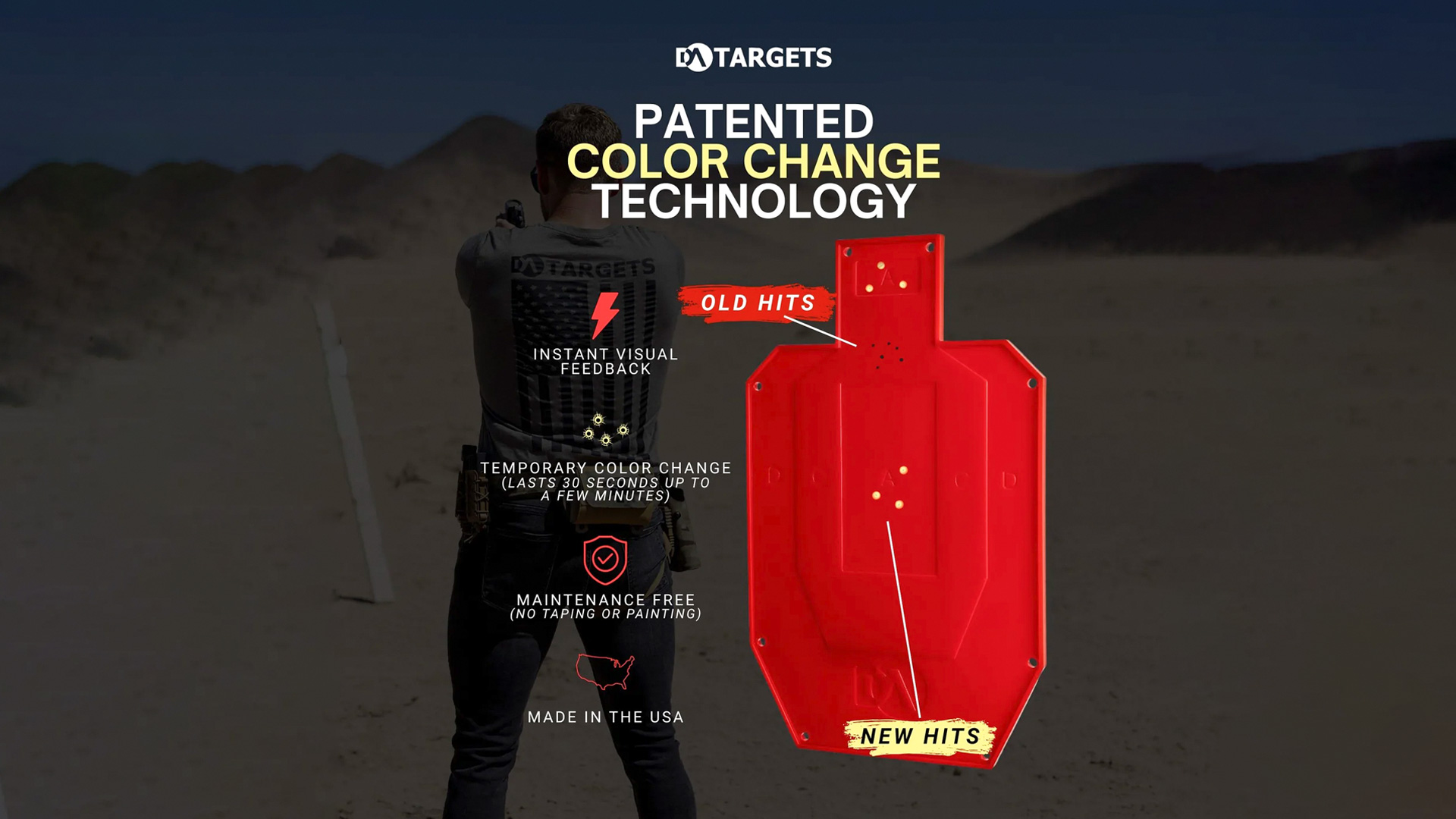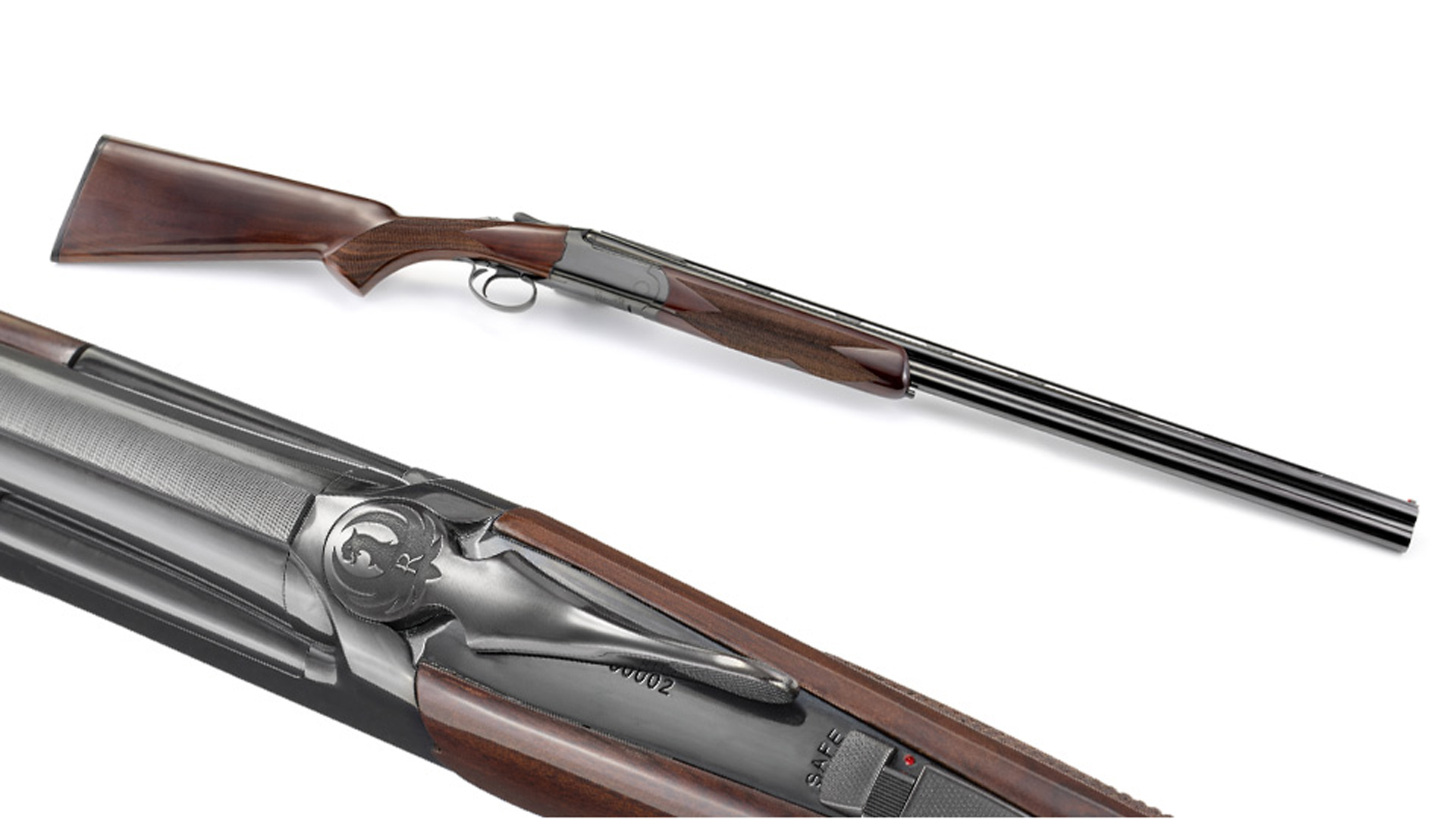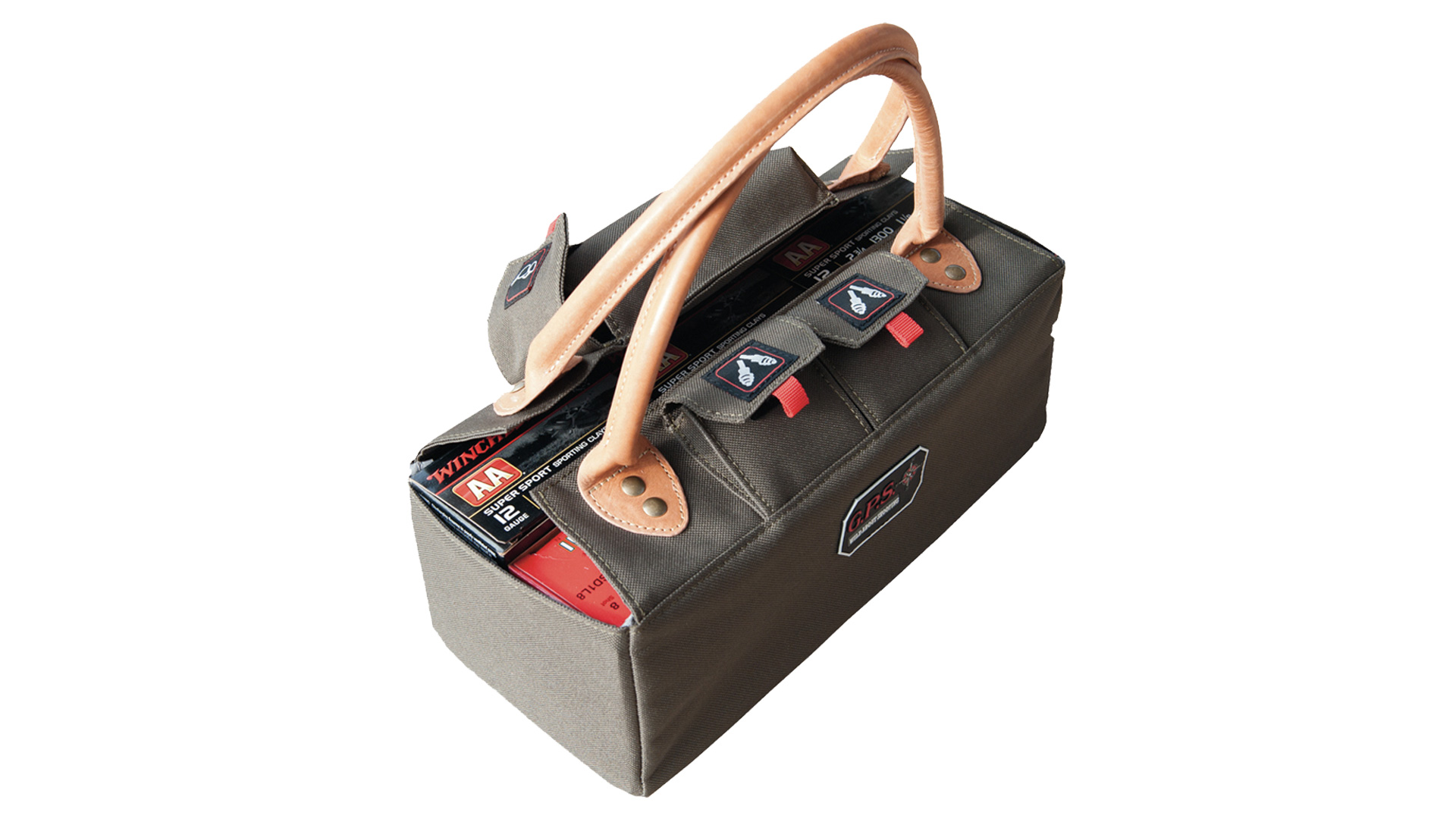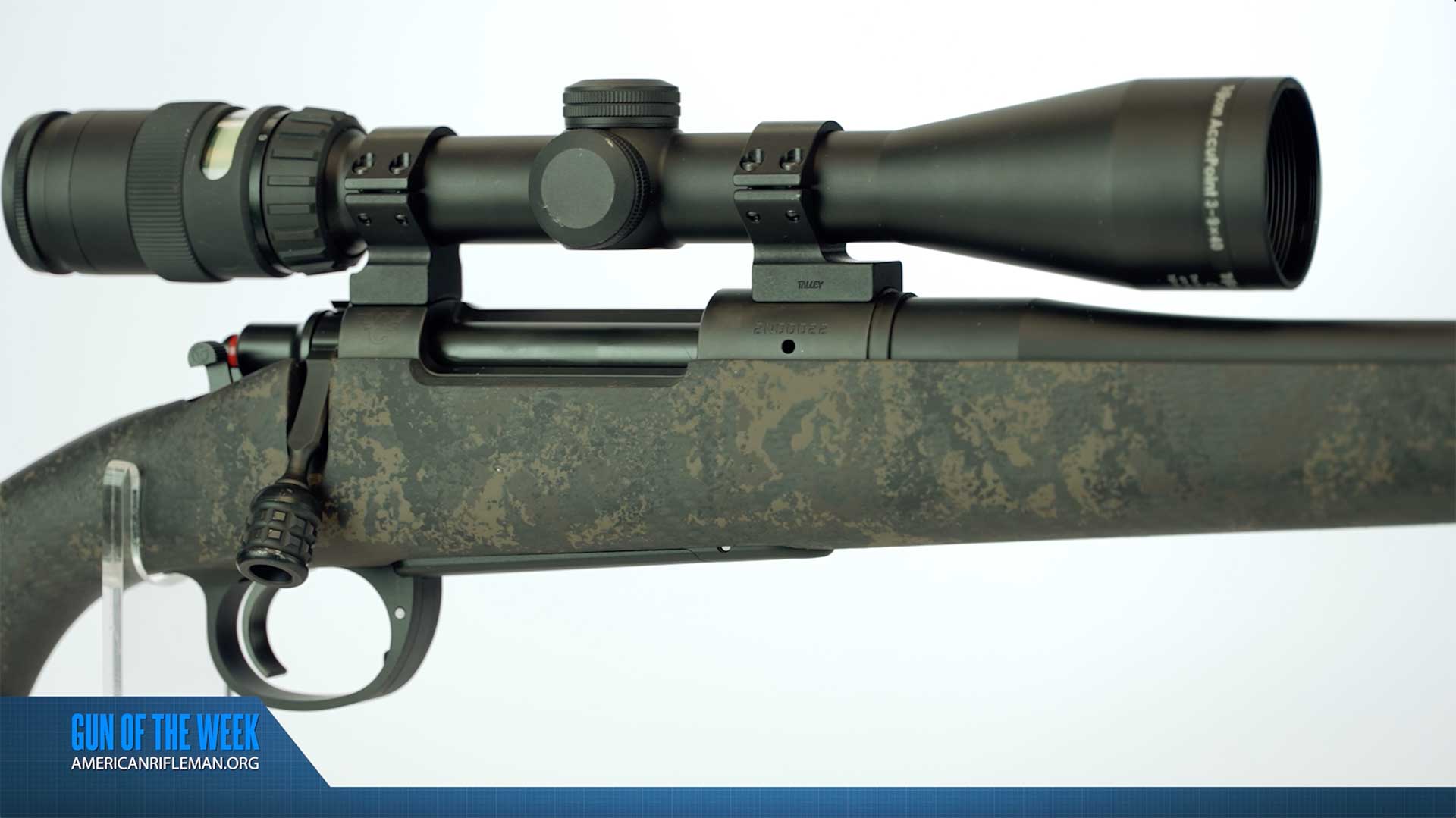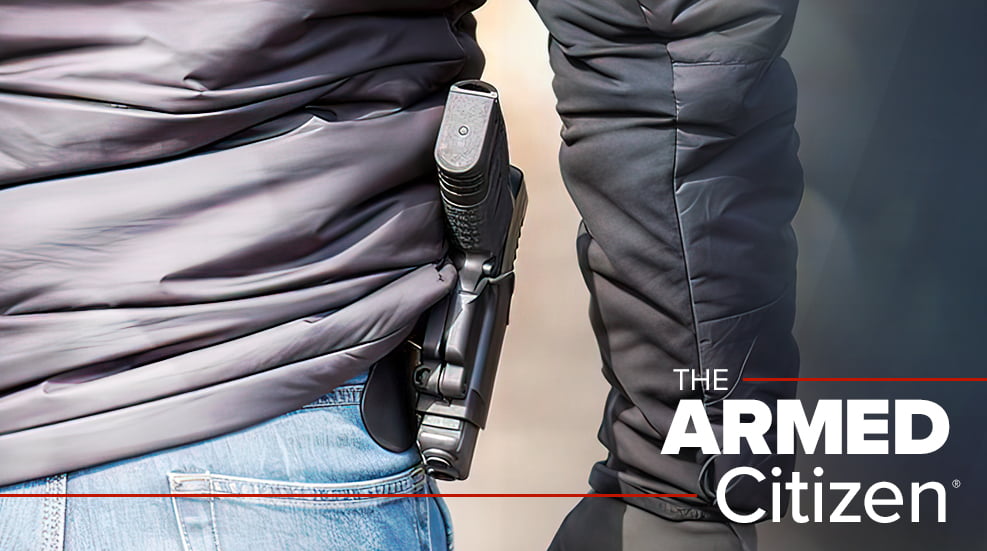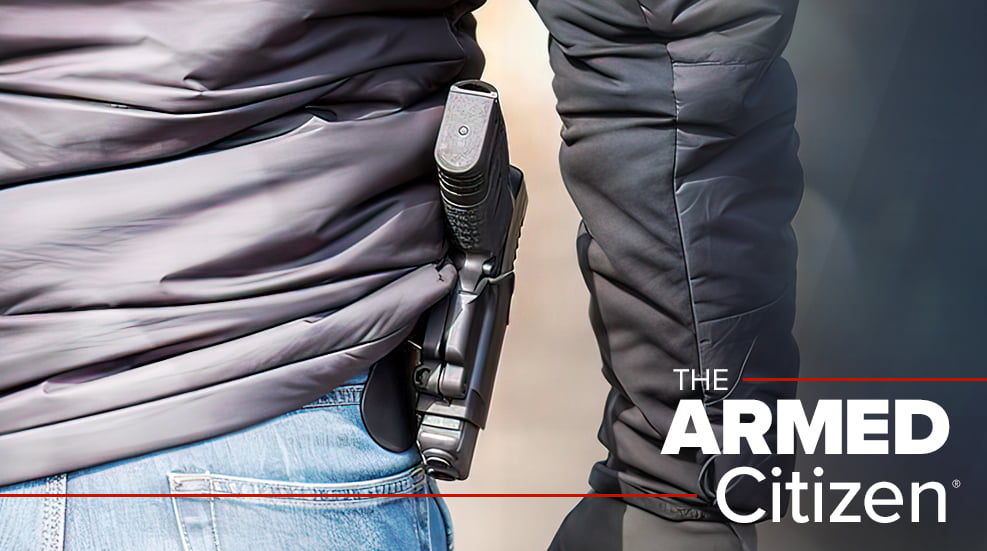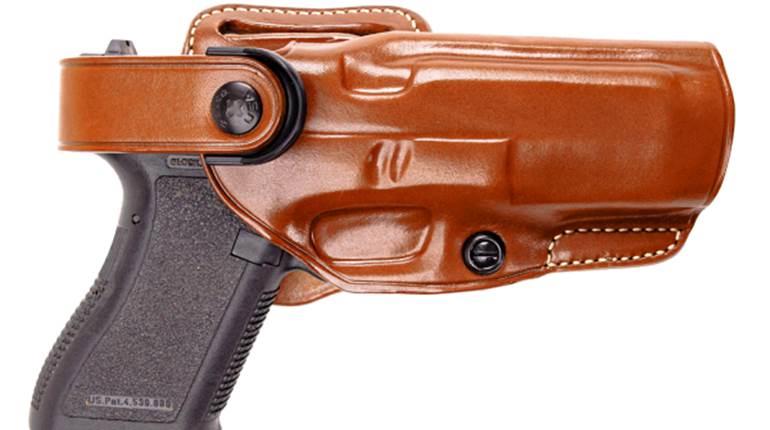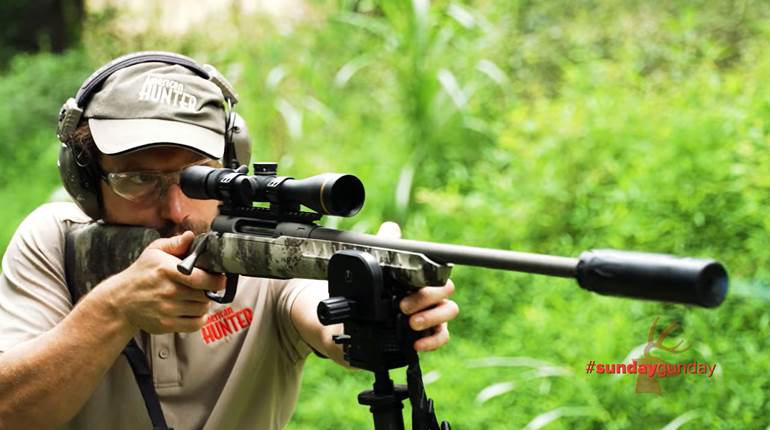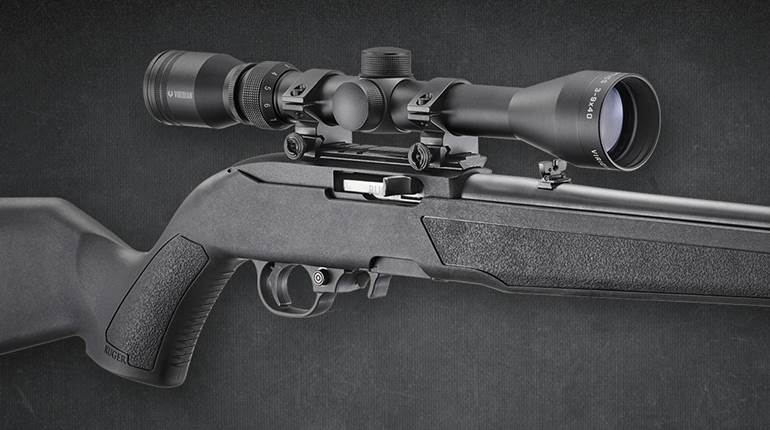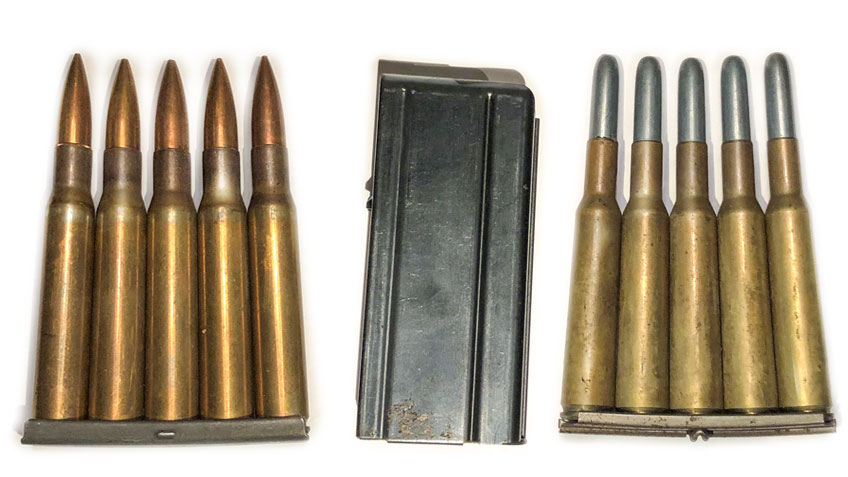

Q: What is the difference between a clip, a stripper clip and a magazine? These terms seem to often be used to describe the same thing.
A: In order to properly answer your question, a bit of background is necessary. A magazine holds the cartridges for the firearm. Basically, there are two types of magazines: fixed (internal) and detachable.
Internal/fixed magazines are commonly found in most bolt-action military rifles, as well as in a few semi-automatics, such as the M1 Garand rifle. Detachable box magazines are generally used in semi-automatic pistols and rifles, automatic rifles and most submachine guns and selective-fire rifles.

The cartridges can be loaded into the magazine individually or, to speed up reloading, by means of a clip. Again, there are two types of clips.
One is a “stripper clip,” which is technically a “charger” or “magazine charger.” One end of the stripper clip/charger is typically inserted into a slot in the top of the receiver or attached to the top of the detachable magazine, and the cartridges are pushed down by hand into the magazine and the empty clip discarded.
The other type of clip, generally referred to as an “en bloc,” is designed for the cartridges and the clip to be inserted into the magazine, and the empty clip ejected after the rounds are fired. The most common example of this type of clip is the eight-round one used with the M1 Garand rifle, but there are others, including the five-round clip used with the M1895 6 mm Lee Navy rifle.
The empty M1 rifle clip is ejected from the top of the receiver when the last round is fired, while the empty M1895 Lee Navy clip drops from a slot in the bottom of the receiver.

Today, the terms “clip” and “magazine” are often incorrectly used interchangeably, but, as can be seen, there are distinct differences between the two.













